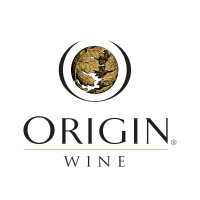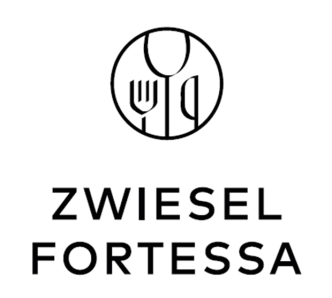Fortunately, this turns out to be the only dodgy moment during my brief trip to the Zakarpattia region, in the west of Ukraine. It’s one of the safest parts of the country – a €6.40 train ride from the Hungarian town of Záhony (about 90km northeast of Tokaj). I wanted to cross the Tisza River to show my support for Ukrainian winemakers and to see how they are faring this harvest, 30 months into the war with Russia.
I was also curious about the historic Zakarpattia region. Zakarpattia translates as ‘Transcarpathian’ or literally ‘beyond the Carpathians’. It borders four countries: Poland, Slovakia, Hungary, and Romania. Over the last century it has been ruled by Hungary, Romania, Czechoslovakia, the Soviet Union and Ukraine. In the Soviet era, it was designated as a “land of orchards and vineyards”, but most of the vines were uprooted during Mikhail Gorbachev’s anti-alcohol campaign in the mid-1980s.
Until the war, Ukraine’s wine industry had been enjoying a revival and branching out into more Western-style wines after suffering a devastating blow from Russia’s annexation of its main vineyards in Crimea.
When Moscow seized the Black Sea peninsula in 2014, Ukraine lost more than half its bottled wines – especially the semi-sweet and dessert wines loved by Russians. However, the loss of Crimea spurred a push to European-style dry wines, especially in Transcarpathia and the southern Odessa and Kherson regions.
One positive consequence in Transcarpathia has been the revival of grape varieties destroyed by Soviet collectivised agriculture.
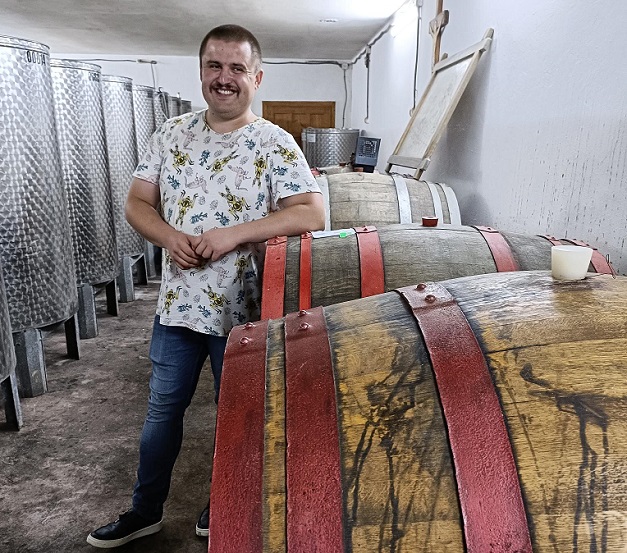
At the Sass K Winery, in the small village of Kígyós, I spot stainless-steel tanks filled with traditional Carpathian Basin grapes: Bakator, Királyleányka, Hárslevelű, Cserszegi Fűszeres, Szerémi zöld, and Olaszrizling (Welschriesling). I also spot tanks labelled Traminer, Muscat, Chasselas, Riesling, Regent, Solaris, Cabernet Sauvignon and Saperavi. In a couple of other wineries I visit during my lightning tour, I notice barrels filled with Chardonnay, Merlot and Zweigelt, and plastic tanks labelled Müller-Thurgau, Furmint and Zenit.
It’s one of the widest arrays of grapes I’ve come across in a wine region.
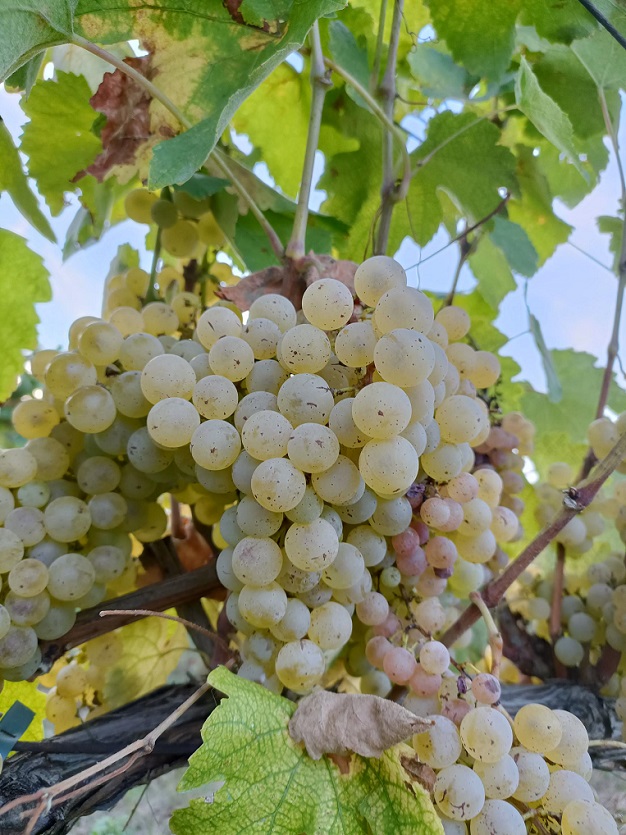
The standout surprise is Bakator (above). In a mixed vineyard where many grapes had been affected by botrytis, the indigenous Bakator bunches were still clean. As well as being highly resistant to diseases, this variety produces wines with low alcohol and good acid structure. The Sass K Winery makes a fresh white wine from it and plans to use the variety to produce classic sparkling wines. “It has become very important for this region,” winemaker Krisztián Sass (above) says.
He takes me to his vines – 11ha farmed organically. Most are above the village, on Hazanéző hill – which Krisztián is trying to push as the region’s ‘cru’ site because the soil has a volcanic base and an upper layer of hard clay. He points to some of the oldest vines in Ukraine – including Királyleányka from the 1960s (below).
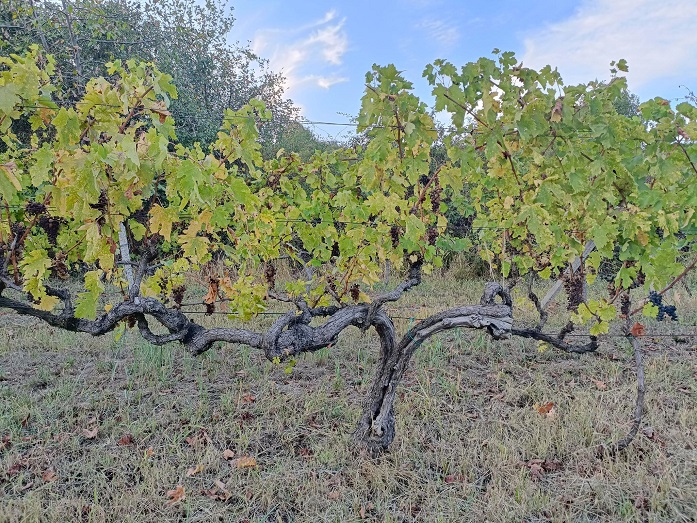
As we wander up some rows and taste the Bakator, he says the plants are less productive now after a couple of years of hot and dry summers.
The winemakers in this region, which looks and feels Hungarian, talk more about the weather than the war (at least in my company). A mild winter, some scary moments with frost and hail, and another hot and dry summer have all taken their toll on yields. But the quality of the grapes harvested so far seems good. However, Krisztián is concerned about the bunches still hanging. Heavy rain – the fallout from Storm Boris, which devastated large areas of Poland, Slovakia, Austria, Italy and Romania earlier this month – is sweeping through the region.
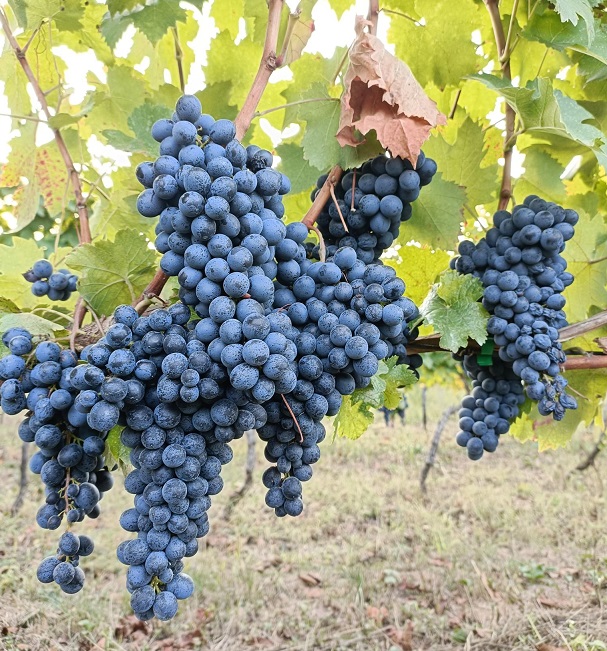
Krisztián, who has been making wine with his grandfather, Károly, since 2011, informs me: “I’m a little bit sad.” He has yet to harvest his Cserszegi Fűszeres and Saperavi (above) from the lower spots on Hazanéző hill. He says his Cabernet, Merlot, Pinot Noir and Olaszrizling from the steeper slopes higher up “are in danger” now from diseases. He adds: “I’m praying for dry weather.”
He has a dream of making an Aszú-like wine using Királyleányka, Hárslevelű, and Olaszrizling here – and says the region’s Beregszász Aszú was once as famous as Tokaj’s king of wines.
However, on reflection, this year he will be happy to get some dry red wines in the tanks at his small winery.
The big talking point inside the winery is the Királyleányka. Krisztián welcomes me to the former chicken farm with a glass of sparkling wine made from this ancient Carpathian Basin or Transylvanian variety, a natural crossing between Leányka and Kövérszőlő.
In nearby Hungary, it is used to produce fresh, light, fruity wines, with delicate aromas and notes reminiscent of grape blossom and sugar. It is rarely matured in oak.
Krisztián tells me he once hated this grape but says he likes it now “because I have from 2019 to 2024, and sparkling. And now I can taste each.”
It’s the fresh, light, and fruity version that he dislikes. He prefers it once it has aged, and thinks it could be good after 10 or 20 years because “it has high alcohol content, and high acid content. For example, average is 14% alcohol and more than 7g/L total acidity. In Hungary, they told me that it's a smooth, easy wine with low acidity. Okay, but this area on top of the hill, the clay is very hard and the bunches are small and the berries are concentrated.”
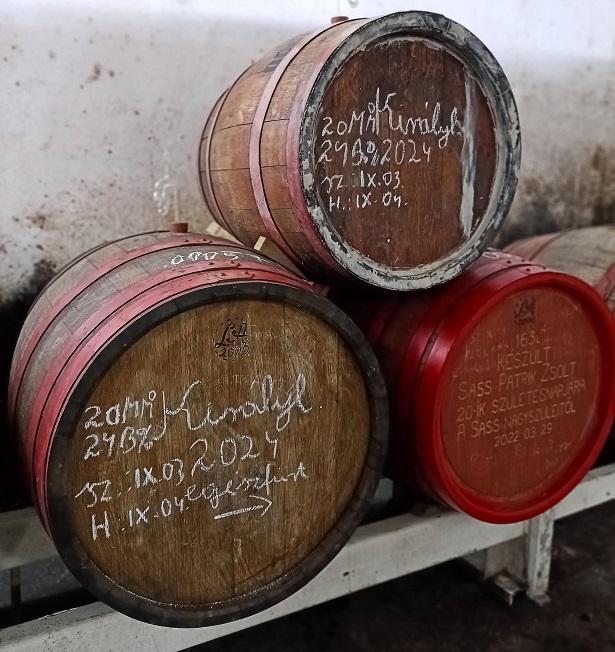
This vintage, he has experimented by making the wine in three ways: whole-bunch pressed plus destemmed, fermented in old oak (above), and with some skin contact fermented in a tank. This amber wine has now been on skins for nine days, which is high for Krisztián, who prefers to make clean, straightforward wines with low-intervention techniques. The three versions of Királyleányka will be blended and left on lees for a few months.
Short lees ageing is typical for his white wines. He tells me he tastes the lees more than the wine to check the sedimentation is still healthy.
Otherwise, his winemaking is very simple: spontaneous fermentation in barrels or tanks for whites, ageing on the lees for a few months, clarification with bentonite, and filtered if there is some residual sugar. “Reds are unfiltered and unfined, and I usually don’t add sulphur for eight months at least because of malolactic fermentation,” Krisztian comments.
Sometimes he uses oak chips to top-up the barrels.
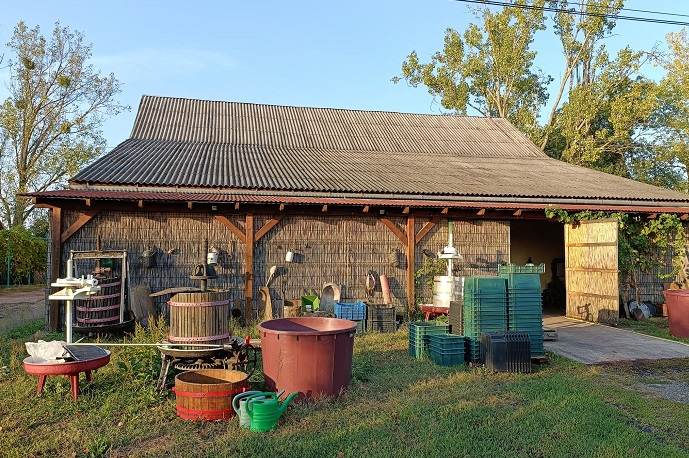
Outside the winery are basket presses freshly painted in case the electricity supply goes down during the harvest. “Four days ago, we couldn’t press and destem because there was no power,” Krisztián says.
Things have got a little easier generally, he informs me. After the Russian invasion in 2022, Sass K Winery bottled its wines by siphoning them from the barrels and tanks because there was no power. He also struggled to get hold of the right bottles and had to put his orange wine, made from Muscat grapes, in a bottle rejected for sparkling wines.
He believes there has been a sharp increase in quality in the region since 2016 but now it’s levelled off. “Is this due to the war?” I wonder.
He says some producers are investing in temperature-controlled tanks but are increasing their yields (or planting higher-yielding clones) to pay for it.
Prisoners of war

One room at the small Parászka Winery in Bene, a village in the foothills of the Carpathian Mountains, is crammed with plastic tubs, covered by cardboard, and plastic tanks. This year’s must is bubbling noisily; the temperature in the room is controlled by a wall-mounted air-conditioning unit. Another room is filled with plastic tanks storing wine from previous vintages. There are no shiny tanks here – stainless steel is too expensive for brothers Gergely and László Parászka, who took over the winery after the early death of their father, György Parászka.
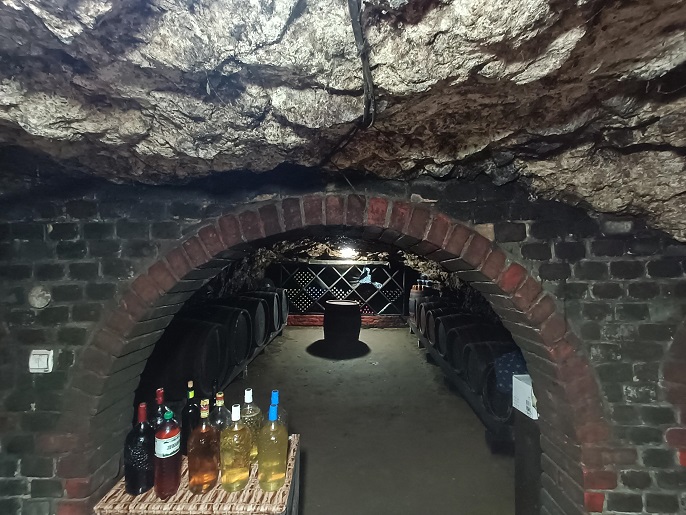
Most of the wine from their 2.5ha of vines is sold to tourists. Degustations take place in the old cellar (above), which was built by Italian prisoners of war who were captured by Austro-Hungarian soldiers during the First World War. Experienced miners, they dug six cellars in the Berehiv district in exchange for food. This is the last cellar they carved out of the rocky subsoil. They didn't finish this one – the others have smooth ceilings.
Gergely and László’s Hungarian ancestors used to sell their grapes to the Budafoki State Winery in Budapest, where it was destined for the production of Törley sparkling wines. Their great-grandfather was exiled to Siberia and his vineyards were destroyed during the Soviet repression of peasants in the 1920s and 1930s.
When he returned, he got his three sons together and dictated to them the family’s protocols for 35 wines. These form the core of the family wines, which are now sold under the Parászka Pincészet label.
László (above) says they have about 250 grape varieties in their collection, and that the Beregsász wine region has been referred to as Tokaj-2, because of the similar climate and grape varieties. He pours me a couple of fresh white wines – a Zenit and then a Furmint – and a Golubok-Alibernet red blend. Both grapes were bred in the Ukrainian Scientific Research Institute for Wine and Vines in Odesa. Alibernet also goes by the names Odesa Black and Odesskij čornyj in Ukraine but seems to be more popular across the border in Slovakia. Golubok and Alibernet both have Cabernet Sauvignon in their lineage.

Nearby, but at the other end of the production scale, is the Cotnar winery. It used to make 20 million litres of wine for the Russian market. Now it produces one million litres for the domestic market. It used to have 11 people working in the cellar at this busy time of year; now there are three.
A huge quantity of Isabella grapes has arrived – awaiting the arrival of the ‘mashgichim’ so they can be turned into Kosher grape juice. The winery is large and industrial, but the wines I taste from the barriques in the large barrel-ageing room are of good quality. It’s a nice surprise. I taste Chardonnay, the only white aged in wood, from French and Ukrainian barrels. The Ukrainian barrels, from Sport 23, are an experiment. The wine seems less refined and has a bitter finish.
I also taste Merlot, Cabernet Sauvignon and Saperavi from wood with winemaker Veresh Geizo (above). The wines here are commercial and the focus seems to be on international grape varieties. In the 180ha of vineyards, they also grow Muscat Ottonel, Rkatsiteli, Traminer, Leanca, and Riesling.
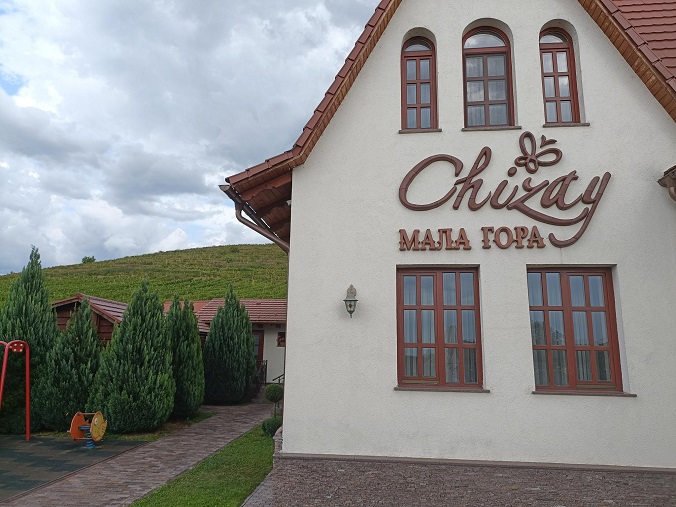
The other big producer in the region is Chateau Chizay. I only have time for a burger at their restaurant (above), which I wash down with an orange Furmint. I’m told it’s their most interesting wine. Then it’s off for drinks with one of the local mayors. The guests have brought their homemade alcohol – wine, palinka and a surprisingly good cider which the producer describes as “a pet-nat with apples” (below).
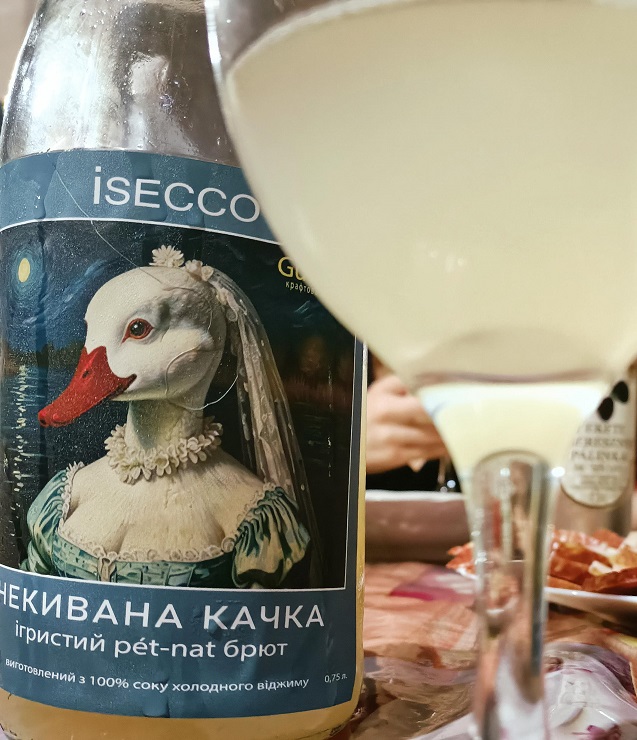
When I return to the safety of Záhony, I open one of the bottles of wine I’d been gifted. It’s the Sass K Winery’s flagship wine, Karlot – a field blend comprising Cabernet Sauvignon, Cabernet Franc and Merlot. I recall Krisztián’s words: “This wine was named after my grandfather, the name comes from the combination of Cabernet and Merlot, starting with a ‘K’ to pay tribute to my grandfather, Károly (Karlo). It’s our most successful wine, it usually scores very high in wine competitions. Many people wonder how Cabernet and Merlot can actually be of such high quality in Zakarpattia. The answer is very simple: amazing terroir and 60-year-old vines.”


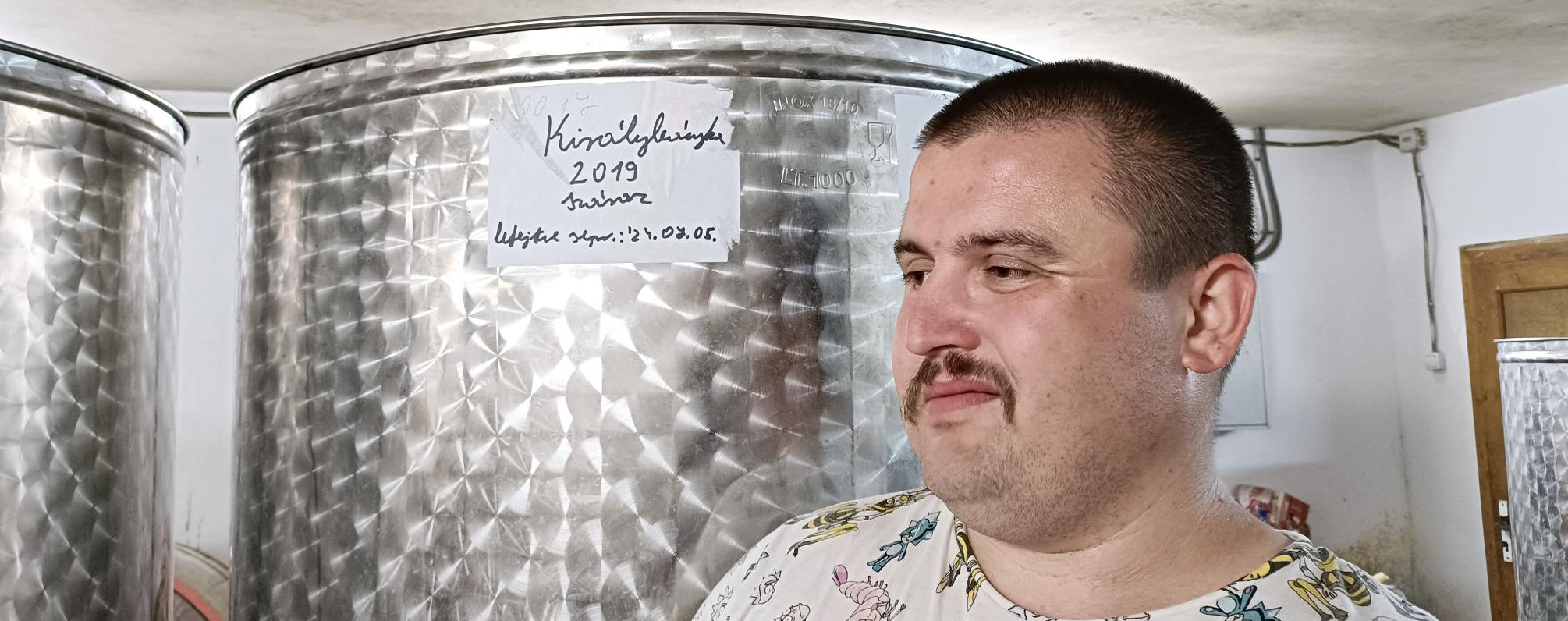










.png)



